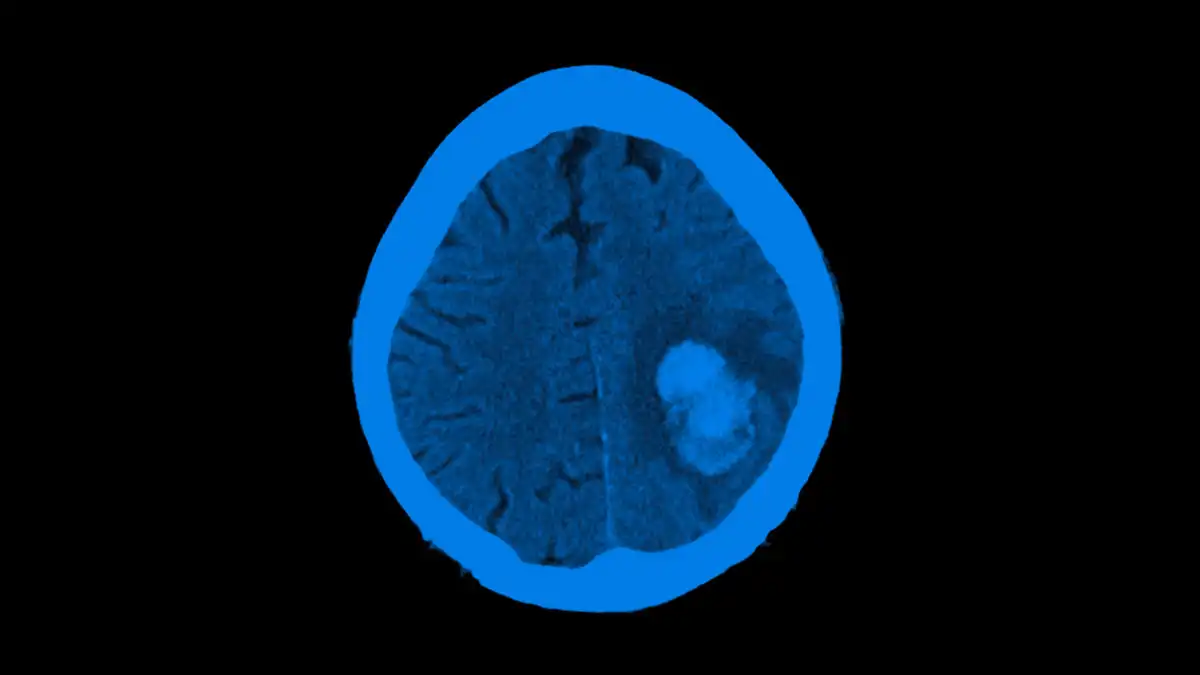
Viz™ AORTIC
A Review of Mature Machine Learning and Artificial Intelligence...
Background After years of both increasing enthusiasm and skepticism by surgeons and patients, the first artificial intelligence (AI) and machine...
May 05, 2023

Recently approved artificial intelligence (AI) software utilizes AI powered large vessel occlusion (LVO) detection technology which automatically identifies suspected LVO through CT angiogram (CTA) imaging and alerts on-call stroke teams. We performed this analysis to determine if utilization of AI software and workflow platform can reduce the transfer time (time interval between CTA at a primary stroke center (PSC) to door-in at a comprehensive stroke center (CSC)).
We compared the transfer time for all LVO transfer patients from a single spoke PSC to our CSC prior to and after incorporating AI Software (Viz.ai LVO). Using a prospectively collected stroke database at a CSC, demographics, mRS at discharge, mortality rate at discharge, length of stay (LOS) in hospital and neurological-ICU were examined.
There were a total of 43 patients during the study period (median age 72.0 ± 12.54 yrs., 51.16% women). Analysis of 28 patients from the pre-AI software (median age 73.5 ± 12.28 yrs., 46.4% women), and 15 patients from the post-AI software (median age 70.0 ± 13.29 yrs., 60.00% women). Following implementation of AI software, median CTA time at PSC to door-in at CSC was significantly reduced by an average of 22.5 min. (132.5 min versus 110 min; p = 0.0470).
The incorporation of AI software was associated with an improvement in transfer times for LVO patients as well as a reduction in the overall hospital LOS and LOS in the neurological-ICU. More extensive studies are warranted to expand on the ability of AI technology to improve transfer times and outcomes for LVO patients.
Researcher:
Ameer Hassan , DO, FAHA, FSVIN
Publication:
Interventional NeuroradiologyDate Published: August 26, 2020
Aug 26, 2020